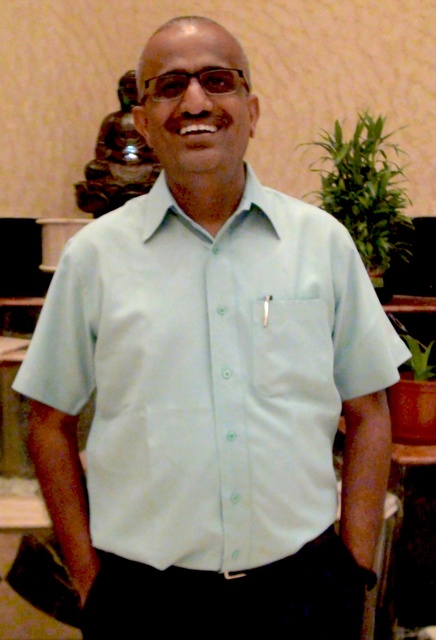Bonding within a molecule has been fairly well understood, though it continues to attract attention nearly a century after Lewis/Langmuir defined a covalent bond. Could there be a 'bond' between molecules? [1,2] Hydrogen 'bonding' was proposed as an intermolecular bond by Latimer and Rodebush in 1920, within a few years after the covalent bond was defined. [3] It was popularized by the seminal book on chemical bond by Pauling [4] However, only after it was realized that the double helix in DNA is bound by 'hydrogen bonds' between the A-T and C-G base pairs, there has been a phenomenal interest on 'hydrogen bonding'. There is at least one paper published on 'hydrogen bond' every hour of the day. Though everyone used this term, the definition of hydrogen bonding was hotly debated in the literature. In 2011, a task group chaired by the speaker and formed by IUPAC proposed a modern definition of the 'hydrogen bond'. [5,6] Since it was published, there has been a spate of publications on similar 'intermolecular bonds' formed by elements from all the groups of the periodic table. In 2013, our group defined a 'carbon bond' which can be easily understood as found in an intermediate complex in the well known SN2 reactions. [7] It has been suggested that 'carbon bonding' contributes to the ill-defined 'hydrophobic interaction' as well. The new definition of the 'hydrogen bond' and the 'carbon bond' were the results of microwave spectroscopic investigations, coupled with theoretical calculations on weakly bound complexes formed in a molecular beam in our lab [8-10]. This talk will give the history of hydrogen bond, our experimental results on complexes formed by H2O, H2S and propargyl alcohol and the evolution of 'intermolecular bonding'.
1. G. N. Lewis, J. Am. Chem. Soc. 1916, 38, 762-785.
2. I. Langmuir, J. Am. Chem. Soc. 1919, 41, 868 and 1543.
3. W. M. Latimer, W. H. Rodebush, J Am. Chem. Soc. 1920, 42, 1419-1433
4. L. Pauling, The Nature of the Chemical Bond, Cornell University Press, Ithaca, New York, 1960
5. E. Arunan, G. R. Desiraju, R. a. Klein, J. Sadlej, S. Scheiner, I. Alkorta, D. C. Clary, R. H. Crabtree, J. J. Dannenberg, P. Hobza, H. G. Kjaergaard, A. C. Legon, B. Mennucci, and D. J. Nesbitt, Pure Appl. Chem., 2011, 83, 1637–1641.
6. E. Arunan, G. R. Desiraju, R. a. Klein, J. Sadlej, S. Scheiner, I. Alkorta, D. C. Clary, R. H. Crabtree, J. J. Dannenberg, P. Hobza, H. G. Kjaergaard, A. C. Legon, B. Mennucci, and D. J. Nesbitt, Pure Appl. Chem., 2011, 83, 1619–1636.
7. D. Mani and E. Arunan, Phys. Chem. Chem. Phys. 2013 15, 14377-14383.
8. E. Arunan, S. Dev and P. K. Mandal, Appl. Spectrosc. Rev. 2004, 39, 131-181
9. M. Goswami and E. Arunan, J. Mol. Spectrosc. 2011, 268, 147.
10. D. Mani and E. Arunan, J. Chem. Phys. 2014, 141, 164311.
Speaker:
Institution:
Location:

